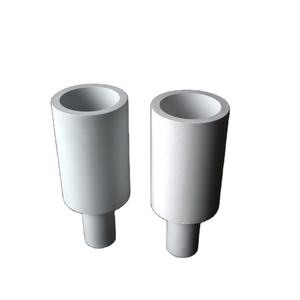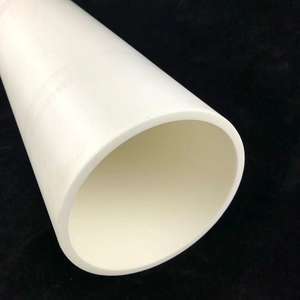Discover Premium Ceramic Products | Durability & Elegance United | Advanced Ceramics
PRODUCT PARAMETERS
Description
Introduction to Alumina Ceramics
Alumina ceramics are known for their high hardness, wear resistance, corrosion resistance, good electrical insulation and high temperature stability. According to the different alumina content, it can be divided into different grades, such as 95 porcelain, 99 porcelain, etc., among which 99 porcelain refers to ceramic materials with an alumina content of 99%. As the alumina content increases, its mechanical strength and electrical insulation properties will also increase accordingly.
Characteristics of Alumina Ceramics
High Hardness: Alumina ceramics have extremely high hardness, which makes it very wear-resistant and suitable for manufacturing abrasive tools and parts that require wear resistance.
Wear resistance: Due to its high hardness, alumina ceramics show excellent wear resistance and are suitable for manufacturing parts for long-term use.
Corrosion resistance: Alumina ceramics have good resistance to most acids and alkalis, making them widely used in the chemical industry.
Good electrical insulation: As an excellent electrical insulating material, alumina ceramics are widely used in electronic and electrical products.
High temperature stability: Ability to withstand extremely high temperatures without significant physical or chemical changes, which makes it an ideal choice for applications in high temperature environments.
Biocompatibility: In the medical field, certain grades of alumina ceramics are used to make medical devices such as artificial joints due to their good biocompatibility.
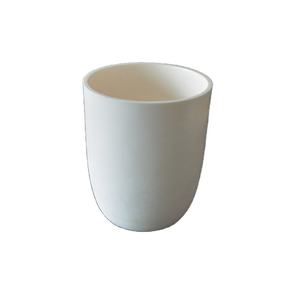
(Alumina Ceramic Nails for Furnace Insulation)
Specifications of Alumina Ceramic Nails for Furnace Insulation
Alumina ceramic nails are developed for heater insulation. These nails perform well in high-temperature settings. They are made from high-purity alumina ceramic. This material makes certain sturdiness and security under severe warm. The nails deal with temperature levels approximately 1800 ° C. They stand up to thermal shock efficiently. Abrupt temperature level modifications do not create splitting.
The nails have high mechanical strength. They endure hefty lots without damaging. Their solidity ranking is over 85 HRA. This makes them ideal for unpleasant environments. The surface stays smooth also after extended use. Put on resistance is a key function.
Thermal conductivity is low. Warm transfer via the product is minimized. This boosts furnace performance. Energy loss is reduced. Operating costs stay reduced.
Requirement dimensions range from 10mm to 50mm in size. Sizes range 3mm and 15mm. Customized forms and dimensions are readily available. Details demands can be accommodated.
These nails work in numerous heater kinds. They are used in industrial kilns, metallurgical heating systems, and laboratory ovens. Setup is simple. The nails fit into pre-drilled holes. Protected placement is attained quickly.
Chemical resistance is an additional benefit. The material does not respond with acids or antacid. Corrosion is not a problem. Long-lasting efficiency remains consistent.
Shade alternatives consist of white or cream color. The look is uniform. Surface area surfaces are personalized. Sleek or matte structures are feasible.
Manufacturing utilizes advanced sintering strategies. This makes sure density and pureness. Flaws like pores or cracks are unusual. Quality control checks guarantee reliability.
Maintenance is easy. Cleaning up requires only a completely dry fabric. No unique therapies are required. Storage space conditions are versatile. Dry or damp atmospheres do not affect the nails.
Cost-effectiveness is a significant benefit. The nails last longer than metal alternatives. Replacement regularity lowers. Downtime is lowered.
Personalized orders are accepted. Mass acquisitions get price cuts. Examples can be offered testing. Technical support is offered for setup guidance.
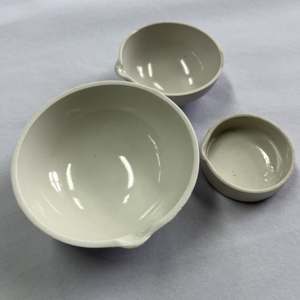
(Alumina Ceramic Nails for Furnace Insulation)
Applications of Alumina Ceramic Nails for Furnace Insulation
Alumina ceramic nails are extensively used in high-temperature industrial heaters. These components provide reliable insulation remedies. They are made from aluminum oxide, a material known for remarkable warm resistance. The structure of alumina ceramic nails consists of a pointed pointer and a threaded base. This style allows very easy installment into furnace walls. Their primary role is to secure insulation layers like refractory bricks or fiber modules. By securing these materials, they protect against warmth loss and improve energy efficiency.
High thermal security is a crucial benefit. Alumina ceramic nails stand up to temperatures over 1800 ° C without degrading. Metals frequently fall short in such problems due to melting or corrosion. Ceramics remain stable, making sure long-term efficiency. Their reduced thermal expansion lowers tension on heating system structures during temperature modifications. This decreases splits and prolongs the life expectancy of insulation systems.
Chemical resistance is another advantage. Alumina porcelains do not respond with acids, alkalis, or liquified metals. This makes them ideal for rough settings like steelmaking or glass manufacturing. In steel furnaces, they anchor refractory linings exposed to thaw steel. In glass factories, they secure insulation around kilns. Petrochemical plants use them to line reactors handling destructive gases.
Electrical insulation buildings add value. Unlike steel fasteners, alumina ceramic nails do not perform electrical power. This stops short circuits in electrical heating systems or induction heating systems. Their non-magnetic nature avoids interference in sensitive processes.
Resilience lowers maintenance costs. Alumina ceramic nails stand up to wear from thermal biking and mechanical stress. They last longer than traditional materials, reducing substitute frequency. Their light-weight style relieves taking care of during setup. Workers can mount them rapidly without specialized tools.
Cost-effectiveness originates from long life span. First investment in alumina porcelains may be more than metal options. In time, decreased downtime and energy cost savings counter this. Industries focus on these nails for essential high-temperature applications.
Company Introduction
Advanced Ceramics founded on October 17, 2014, is a high-tech enterprise committed to the research and development, production, processing, sales and technical services of ceramic relative materials and products.. Since its establishment in 2014, the company has been committed to providing customers with the best products and services, and has become a leader in the industry through continuous technological innovation and strict quality management.
Our products includes but not limited to Silicon carbide ceramic products, Boron Carbide Ceramic Products, Boron Nitride Ceramic Products, Silicon Carbide Ceramic Products, Silicon Nitride Ceramic Products, Zirconium Dioxide Ceramic Products, Quartz Products, etc. Please feel free to contact us.(nanotrun@yahoo.com)
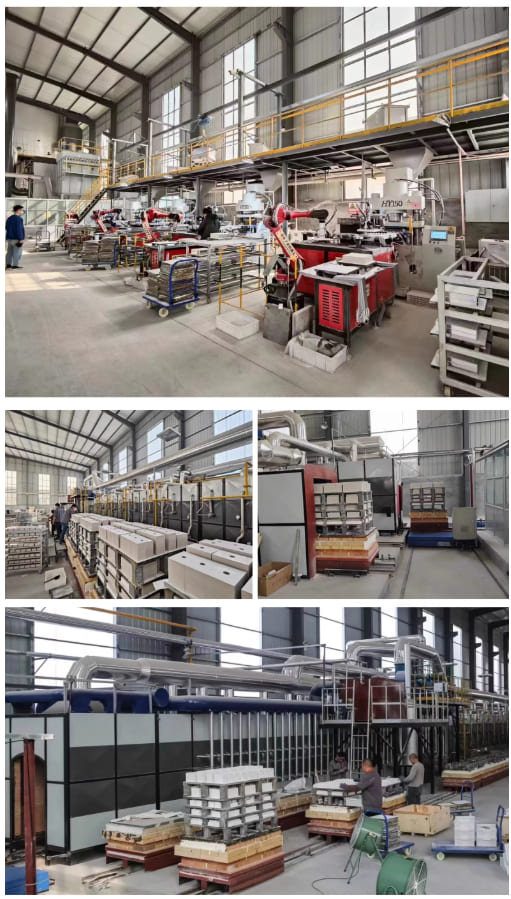
Payment Methods
T/T, Western Union, Paypal, Credit Card etc.
Shipment Methods
By air, by sea, by express, as customers request.
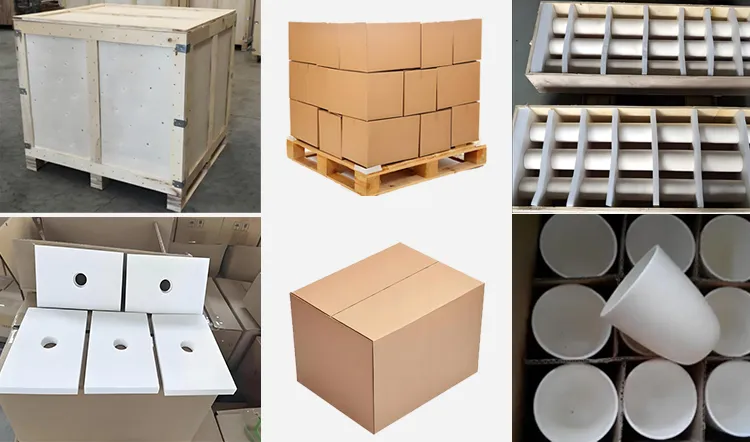
5 FAQs of Alumina Ceramic Nails for Furnace Insulation
Alumina ceramic nails for furnace insulation are used to secure insulation layers in high-temperature environments. They prevent heat loss and maintain structural stability. Here are five FAQs about these products.
What are alumina ceramic nails made of. They consist of high-purity aluminum oxide. This material provides excellent thermal resistance and mechanical strength. It withstands extreme temperatures without degrading.
Why choose alumina ceramic nails for furnace insulation. They handle temperatures up to 1800°C. Their low thermal conductivity reduces heat transfer. They last longer than metal alternatives. Metal parts melt or corrode in high heat.
How do alumina ceramic nails improve furnace efficiency. They keep insulation layers tightly fixed. This minimizes gaps where heat escapes. Stable insulation ensures consistent temperatures inside the furnace. Energy consumption drops as a result.
What sizes and shapes are available. They come in multiple diameters and lengths. Common shapes include round head and flat head designs. Custom sizes can be made for specific furnace setups.
How are alumina ceramic nails installed. They are inserted through insulation materials. A washer or nut secures them on the outer surface. Installation requires drilling holes in the furnace wall. Proper spacing ensures even pressure distribution.
Can alumina ceramic nails break under thermal stress. They resist thermal shock due to low expansion rates. Sudden temperature changes cause minimal damage. Regular inspections help detect rare cracks early.
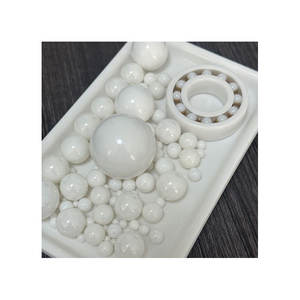
(Alumina Ceramic Nails for Furnace Insulation)
REQUEST A QUOTE
RELATED PRODUCTS

Precision 99% alumina ceramic round rod
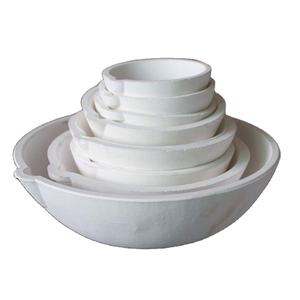
Zirconia Ceramic Basket Gemstone with Aluminum Oxide Finish by Gravel
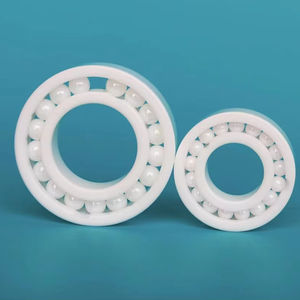
50mm 75mm 2″ 3” Tr/Ts Aluminum Oxide Ceramic Zirconia Alumina Silicon Carbide Quick Change Discs for Cleaning Polishing Surface Condition Customized
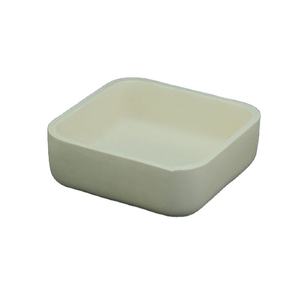
Customized Size and Porosity Porous Alumina Plate Ceramic Disc for Water Filtration
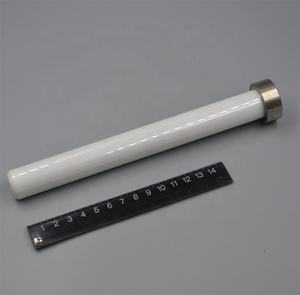
500mm Large Size Aluminum Oxide Alumina Ceramic Component
